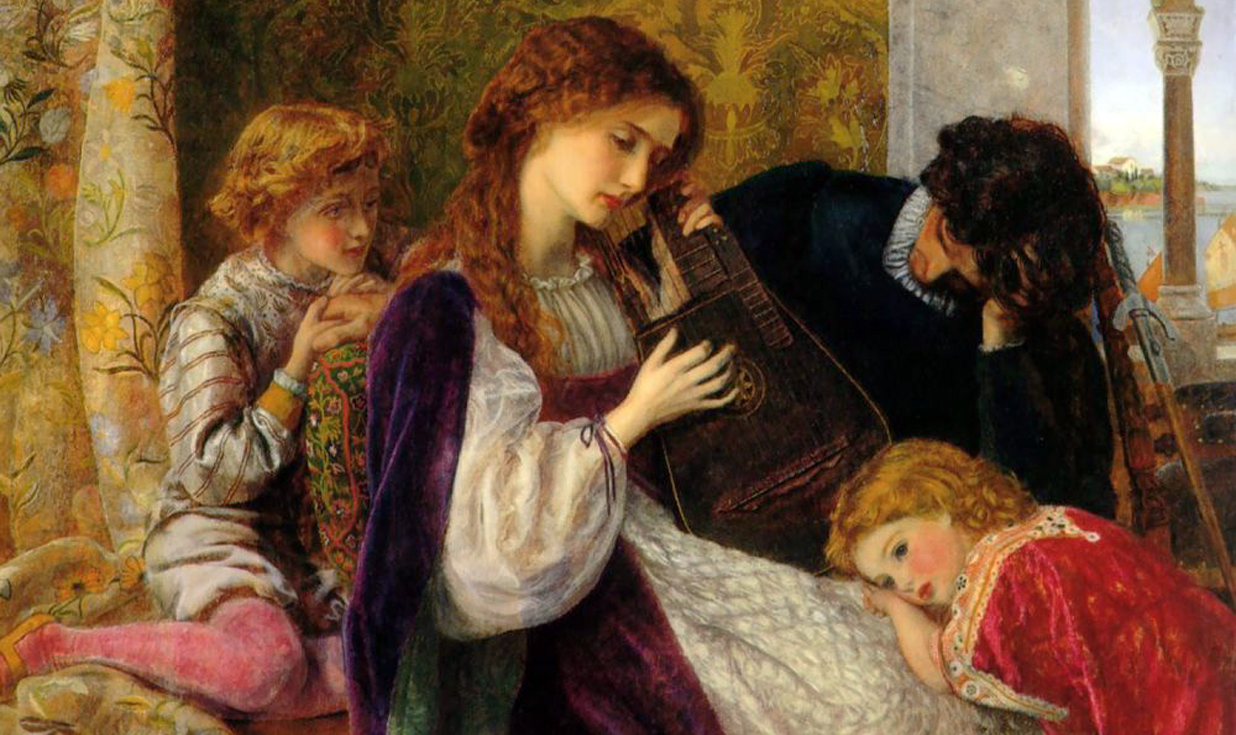
On the Creation of Musical Compositions
- PART III -
by Lee Duane FitzSimmons
Once the process of creating a new work has begun, it is usually necessary to dissect its various components at some point, so they can be analyzed and studied with a more objective viewpoint. The benefits to this type of objective analysis are numerous. The creator of the work can more easily focus on the detailed minutia involved with each section; thus, the artist is not nearly as overwhelmed by the vast amount of detail that is often required when creating a new work. In addition, the artist can more easily interchange the smaller components of the piece and use them in multiple sections of the work; this technique often gives the work a more cohesive ambience.
Another thing to consider is the overall form of the piece. This consideration can also receive focus in any stage of the creative process. The number of various sections in the piece should be considered as well as the types of segues (if any) that will be used to connect all of the component parts. In addition, the number of times that each section will be repeated should also be considered as well as the variations that will occur each time a section is presented within the work. The end of the work also needs to be considered; the piece can either fade or come to an end.

The various sections of the work will obviously need a great amount of attention so that they can be polished and perfected. A particular section of a piece can be created entirely on its own before the piece is ever realized as a whole. It can be also be developed after the full form of the composition has been mapped out. Sometimes, as each particular section receives more detail and becomes closer to being finished, ideas about the other sections will become more clear and abundant so that the piece becomes more cohesive as a particular unit. Of course, if the reverse is desired, then so be it.
The types of bridges and segues that will occur between the major sections will also need to receive a great amount of focus so that the work can have a greater aesthetic appeal. The length and depth of each connective element should also be considered; this is especially true if there is to be some modulatory aspect between two differing tonal centers of two different sections. Oftentimes, if a bridge is repeated during the work with little or no variation, then it could also be considered as a main section of the piece that merely serves as a type of connective element between the other two sections. Regardless of whatever label is applied to the connecting elements of the piece, they should work effectively and efficiently so that the piece may retain continuity throughout its entirety. It is also possible to create the sections of a piece in a way so that each section naturally leads into another and no segues are needed between the major parts of the work.
Finally, once a piece has been written, it needs to be performed in some manner. Oftentimes, the writing and the performing of the piece can be done simultaneously with the aid of advanced technology. However, regardless of the actual techniques used, it will be necessary to have the piece performed in some way so that the creative process can be completed. If a work is never performed, then it has been created in vain. If a work is never performed, it is merely time wasted on whim and fancy.
If a work is never performed, one may never know what truly might have been.
* * *
INDEX
 |
 |
 |
 |
 |
 |
HOME * BOOKS * SANCTUARY * BIOGRAPHY
JAZZ * SYLVAN * ELECTRONIC * SYMPHONIC * ROCK * REGGAE
Copyright 2014 by Lee Fitzsimmons